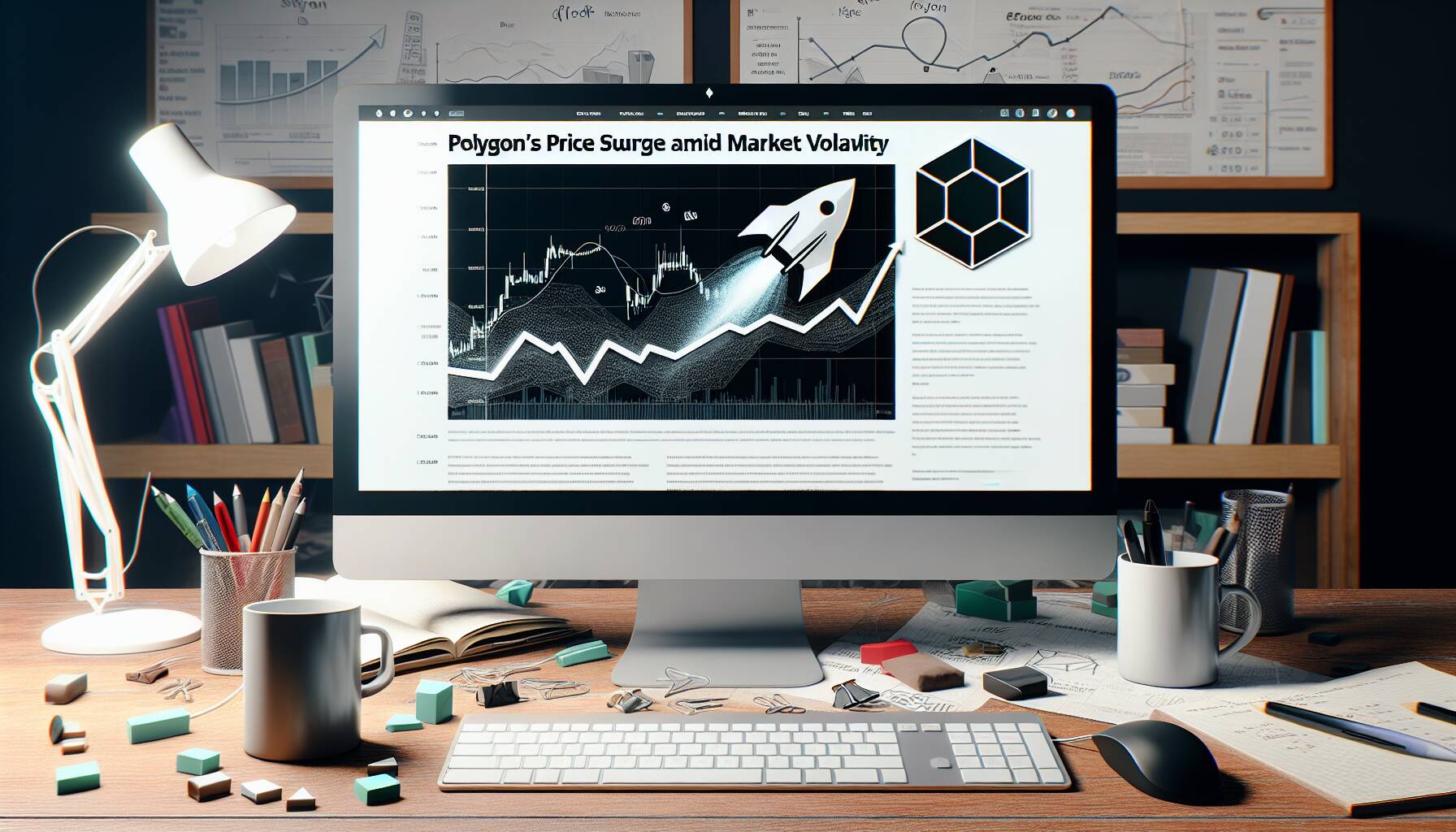Polygon (POL) experienced a notable rise of 9% in early U.S. morning trading, climbing from $0.206 to $0.225 before encountering selling pressure later in the day, according to CoinDesk Analytics. The volatility seen overnight was marked by a significant surge in trading volume, with more than 700,000 units changing hands, substantially surpassing its 24-hour average of approximately 410,000. Currently, POL is trading at $0.221, reflecting a 3% increase over the past day while outperforming the broader market, as indicated by a 2.4% decline in the CoinDesk 20 Index during the same timeframe.
Despite its recent gains, POL remains over 90% below its all-time high of $2.92 reached in December 2021. This decline is juxtaposed with the recent performances of other cryptocurrencies, such as bitcoin (BTC) and XRP, which have recently achieved new peaks. In the face of these challenges, Polygon is sharpening its focus on scaling AggLayer, a key application designed to facilitate users’ connectivity to various blockchains, along with enhancements to its payments and real-world asset tools. Sandeep Nailwal, the newly appointed CEO of the Polygon foundation, expressed in a recent Bloomberg interview that his leadership aims to bolster the project’s competitive edge in the evolving cryptocurrency landscape.

Polygon (POL) Market Overview
Key points regarding Polygon’s recent performance and strategic direction:
- Recent Price Movement:
- POL rose by 9%, from $0.206 to $0.225 in early trading hours.
- Current trading price is $0.221, reflecting a 3% increase over 24 hours.
- Trading Volume:
- Significant volatility with trading volumes surging to 708,489 and 804,401 units.
- Volume exceeded the 24-hour average of 410,606 units.
- Market Outperformance:
- Polygon is outperforming the CoinDesk 20 Index, which is down about 2.4%.
- Despite recent gains, POL is still down over 90% from its all-time high of $2.92.
- Strategic Focus:
- Polygon is advancing the AggLayer application to connect users to other blockchains.
- Enhancement of payments and real-world assets tools is a priority for Polygon’s growth.
- Leadership Changes:
- Sandeep Nailwal appointed as CEO in June to strengthen the foundation’s strategy.
- The focus is on positioning Polygon competitively in the blockchain market.
The developments in Polygon’s market performance and strategic initiatives can provide investors with insights into potential future gains as the blockchain landscape evolves.
Analyzing Polygon’s Recent Surge in a Competitive Landscape
Polygon (POL) has demonstrated notable market activity, experiencing a 9% rise during early U.S. trading, reflecting a robust interest among investors. This surge, supported by significant trading volume, has positioned Polygon favorably against recent market trends. Comparatively, many cryptocurrencies, including leading assets like Bitcoin (BTC) and XRP, have enjoyed price hikes; however, they have not faced the same level of volatility that Polygon has recently encountered. While the token’s increase showcases a potential rebound, it remains over 90% lower than its peak value, suggesting that despite the uptick, long-term recovery may be a challenging venture.
Competitive advantages for Polygon include its focused expansion on the AggLayer application, which enhances interoperability between different blockchain networks. This strategic direction, emphasized by Sandeep Nailwal’s leadership, may create unique opportunities for developers and users looking for seamless blockchain integration. As projects increasingly emphasize cross-chain capabilities, Polygon’s advancements in this area could attract more projects and developers, bolstering its ecosystem’s utility and appeal.
However, the significant selling pressure seen in the afternoon suggests that current investors may be wary of the token’s stability, which could deter potential new investors. Furthermore, with the broader market trend showing a downturn as highlighted by the CoinDesk 20 Index, POL’s current growth may be met with skepticism. This duality in sentiment—positive developments versus lingering doubts—could create challenges for traders looking for long-term investments in Polygon amidst an unpredictable market landscape.
In summary, while Polygon offers compelling advancements and increased attention from the community, potential investors may approach with caution, weighing the benefits of its innovative capabilities against the backdrop of significant price corrections within the cryptocurrency space.

















